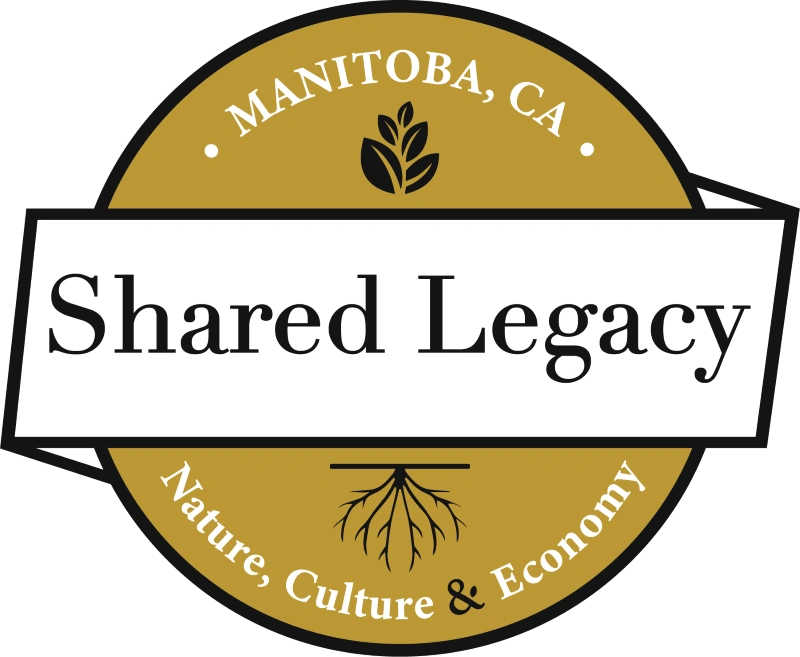Dawson Trail Dispatch, written by Norm Gregoire, February 2024
Page 14 https://issuu.com/dispatch222/docs/dawson_trail_dispatch_february_2024
In the tall-grass prairie, there is no other species at risk that we live more closely with than the barn swallow. It is fairly common in a rural setting to have a pair of barn swallows nesting in your yard and even to watch them raise their young throughout the summer. So, when people find out that barn swallows are a species at risk, they are usually surprised. Although populations across Canada number in the millions and in some areas are considered stable, there is some concern that if long-term threats worsen, barn swallow numbers may become unstable.
Barn swallows are fairly easy to distinguish from other swallows in the area. They are larger than a sparrow in size with a deeply forked tail, which shows white markings in flight. Barn swallows have metallic blue upperparts with light to rust-coloured underparts rising to a darker rusty throat patch stretching onto the forehead.
Barn swallows are the most widespread swallows in the world. They can be found on every continent but Antarctica. Due to this geographical distribution, their habitat may vary, although there are some key preferences. Barn swallows prefer to live in grasslands, wetlands, and agricultural lands that hold an abundance of insect prey. They are an adaptable bird, switching from nesting in caves and crevices to nesting in man-made structures such as under the eaves of buildings, especially older agricultural buildings.
I enjoy having barn swallows’ nest in my yard, as I find them very entertaining to watch as they hunt nuisance insects in the yard. To some, the nest can be unaesthetically pleasing, especially as the young are being fledged. Although it may be easier to knock down a nest, I urge homeowners to leave nests be. You may consider building a shelf under the nest or even buying nest boxes to allow the swallows into areas that you would rather them be in. It should be noted that under the Migratory Birds Convention Act, barn swallows, their eggs, and nests are all protected.
In the last five decades, barn swallow populations have had an approximate decline of almost 69% across Canada, according to Breeding Bird Survey data. The biggest declines were from a period of about two decades beginning in the mid-1980s. However, over the last decade, population trends have stabilized. It should be noted that population trends vary widely across Canada; for example, in the barn swallows more eastern range, trends suggest a greater population decline compared to prairie populations.
With such a broad range, more research is needed to get a better understanding of the threats that affect the barn swallow population. Habitat loss, prey decrease, and commercial development could all negatively affect barn swallow. As a species that has a substantial migration, sometimes flying as far as South America, the barn swallow faces many challenges on the journey and on their wintering grounds.
Although the first barn swallows are still a few months away from appearing, I always look forward to welcoming them back. To me, they have become a part of day-to-day summer living in the tall-grass prairie. They are a species that add to the greatness of living here.
Snowshoe Tour in the Tall-grass Prairie!
Have you ever wanted to try snowshoeing, or have you wondered what happens to all the tall-grass prairie species during our harsh winters? Join me on a free, guided snowshoe tour on February 17th from 10 am to 12 pm. Snowshoes are provided. Please contact me at info@sharedlegacymb.ca for more information.

